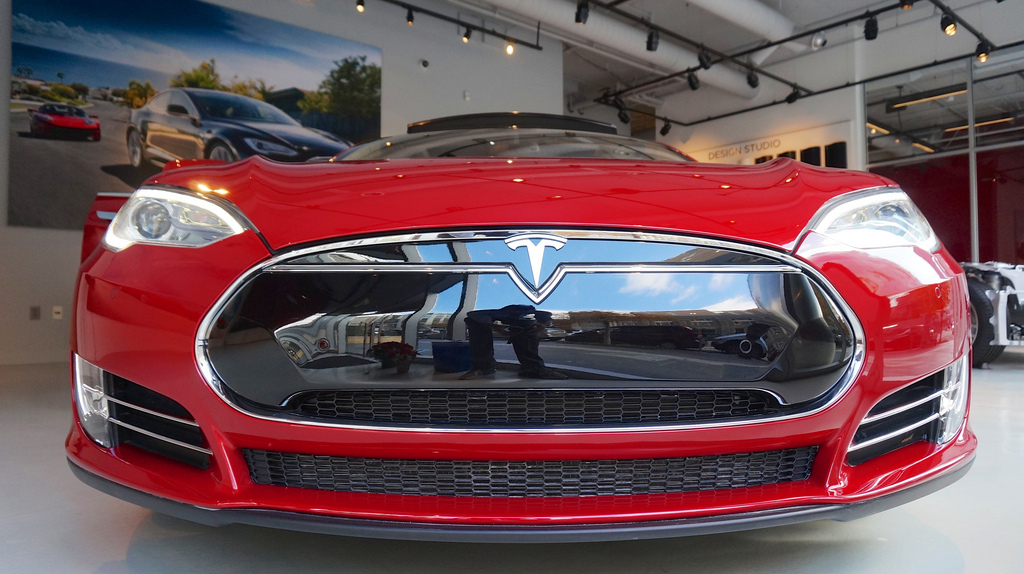The first quarter of this year was not promising for clean energy investment. According to the latest quarterly figures by Bloomberg New Energy Finance (BNEF) funding for offshore wind has plummeted, but even more concerning was a slowness in the two largest markets, China and the United States. In what may be a surprise to no one, investments in clean energy in the first full quarter after the election of U.S. president Donald Trump have fallen 24% year-over-year, and China likewise provided 11% less in funding.
However, even with overall investment numbers falling 17% year-over-year, solar broke new ground. Notably, during the first quarter Italian clean energy developer Enel invested $650 million in its 754 MW Villanueva PV complex in Northern Mexico, which is the largest contiguous PV project to begin construction in the world.
But this was not the only positive indicator. During Q1 Tesla successfully raised $1.38 billion in a bond and follow-on stock issue. While the stated purpose of this raise was to provide extra cushion for the launch of the Model 3 electric vehicle, part of the reason that Tesla may need extra cash is its recent acquisition of SolarCity, which appears to be dragging down its quarterly results.
Another positive indicator for the solar industry is rising investment in distributed generation. According to BNEF solar projects smaller than 1 MW attracted $10.7 billion, an 8% increase over the prior year.
Popular content
This number may be even better than they look, and BNEF is careful to note that falling levels of investment don’t necessarily equate to fewer watts being deployed. “Q1 this year reflects, once again, the declines in average capital costs per megawatt for wind and solar,” explains BNEF CEO Jon Moore. “This trend means that year-by-year it’s possible to finance equivalent amounts of capacity in these technologies for fewer dollars.”
Additionally, BNEF has not ruled out the possibility that investment levels will even out over the course of the year. “It was a relatively quiet first quarter for global investment, but it’s too early to assume that 2017 as a whole will be lower than last year,” states BNEF Analyst Abraham Louw. “BNEF analysts are currently expecting both wind and solar to see similar – or higher – numbers of megawatts added this year than last.”
This content is protected by copyright and may not be reused. If you want to cooperate with us and would like to reuse some of our content, please contact: editors@pv-magazine.com.


By submitting this form you agree to pv magazine using your data for the purposes of publishing your comment.
Your personal data will only be disclosed or otherwise transmitted to third parties for the purposes of spam filtering or if this is necessary for technical maintenance of the website. Any other transfer to third parties will not take place unless this is justified on the basis of applicable data protection regulations or if pv magazine is legally obliged to do so.
You may revoke this consent at any time with effect for the future, in which case your personal data will be deleted immediately. Otherwise, your data will be deleted if pv magazine has processed your request or the purpose of data storage is fulfilled.
Further information on data privacy can be found in our Data Protection Policy.